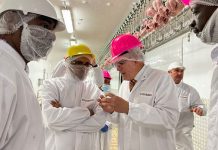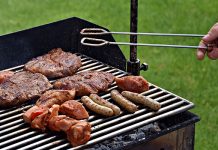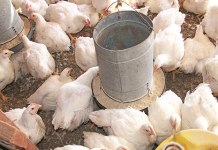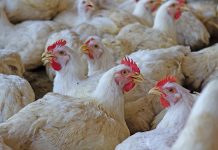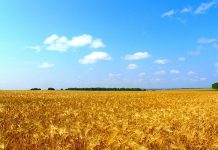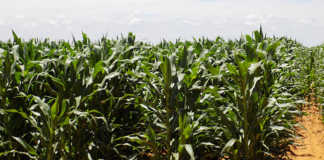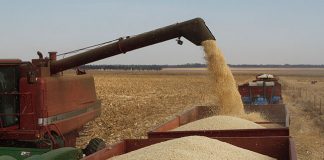A beef carcass consists of muscle, fat and bone. At birth, there’s very little fat on a carcass and initial development is mainly bone and muscle growth. As the animal matures and gains weight, a stage is reached when fat deposition accelerates, and the animal picks up weight. Once enough carcass fat is reached, an animal is “finished” and can be slaughtered.
Three types of feedlots:
- On-farm feedlots – Here farmers fatten animals in pens or large paddocks, using bought-in or home-grown feeds The livestock can be home-produced or bought.
- Commercial feedlots – The feedlotter buys animals for the feedlot, and the risks associated with feeding become the feedlotter’s responsibility.
- Custom feedlots – The owner of the animals sends them to a feedlot to be fattened. In this case, the risk usually remains with the owner of the animal.
Feedlot management has a major influence on the profitability of a feedlot enterprise. Important factors include:
- Ensure the right type of animal is bought at the right price and at the right time. In some larger feedlots, feedlot managers rely on the expertise of experienced buyers.
- The nutrient content of the feedlot ration must be balanced. It must also suit the type of animal and should be the most cost-effective ration available at the time.
- In most feedlots, the manager achieves these goals by keeping records of animal performance. A nutritionist usually does the ration balancing because this is a highly specialised task.
- The manager must make sure that the feed bins are always full, fresh water is always available, animals are processed and adapted on arrival, and are marketed when ready.
- Diseases can be a problem in a feedlot. A vet advising disease prevention and treatment of sick animals is a well justified cost.
Source: KZN Department of Agriculture and Environmental Affairs. For more information call 033 355 9100.
This article was originally published in the 27 November 2015 issue of Farmers Weekly.

